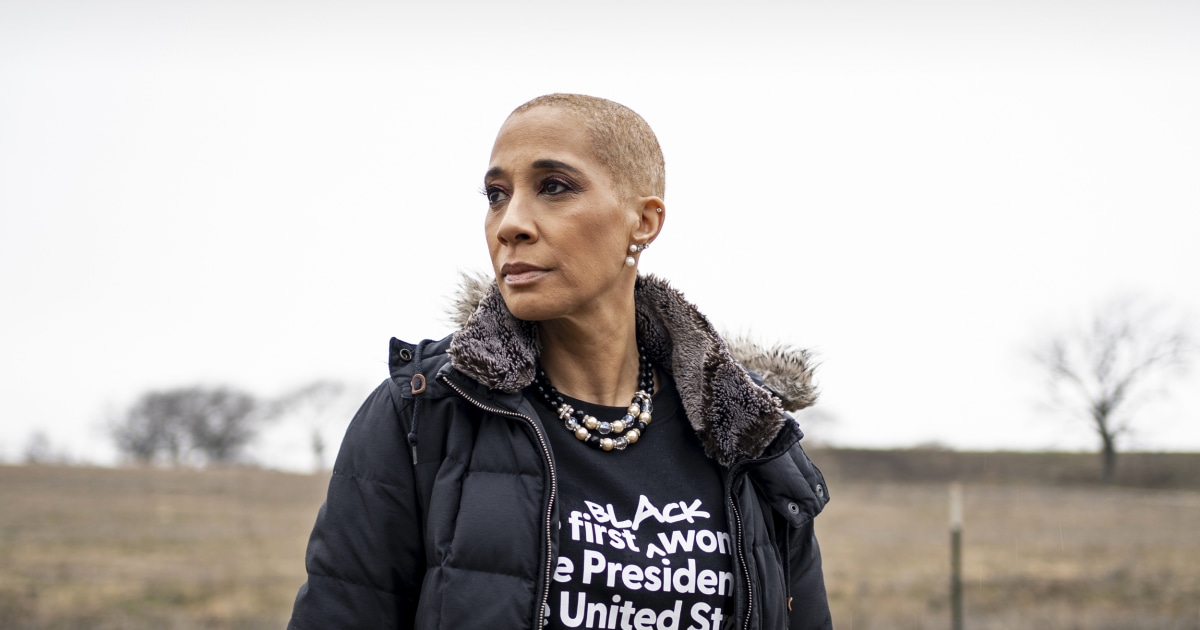Confronting Racism in Wealthy Texas Suburb
แนวคิดหลัก
The author highlights the clash between a diversity plan and opposition from a wealthy Texas suburb, revealing deep-rooted racial tensions and resistance to change.
บทคัดย่อ
In Southlake, a wealthy Texas suburb, a viral video sparked intense debates over racism. Parents formed opposing groups, with one side supporting diversity initiatives while the other labeled them as Marxist indoctrination. The conflict escalated to lawsuits and heated school board meetings, reflecting underlying racial divides in the community. Despite efforts to address racism through a Cultural Competence Action Plan, strong opposition persisted, revealing the challenges of promoting inclusivity in affluent areas like Southlake.
ปรับแต่งบทสรุป
เขียนใหม่ด้วย AI
สร้างการอ้างอิง
แปลแหล่งที่มา
เป็นภาษาอื่น
สร้าง MindMap
จากเนื้อหาต้นฉบับ
ไปยังแหล่งที่มา
www.nbcnews.com
A viral video forced a wealthy Texas suburb to confront racism. A 'silent majority' fought back.
สถิติ
Southlake's population tripled to over 31,000 residents.
Less than 2% of Southlake's population is Black.
Median household income in Southlake exceeds $230,000.
Over $100,000 raised by Southlake Families PAC against diversity plan.
คำพูด
"People in Southlake have been showing their true colors." - Nikki Olaleye
ข้อมูลเชิงลึกที่สำคัญจาก
by Https ที่ www.nbcnews.com 03-04-2024
https://www.nbcnews.com/news/us-news/viral-video-forced-wealthy-texas-suburb-confront-racism-silent-majority-n1255230
สอบถามเพิ่มเติม
How can communities like Southlake effectively address systemic racism?
Communities like Southlake can effectively address systemic racism by first acknowledging its existence and the impact it has on marginalized groups within the community. It is essential to have open and honest conversations about race, privilege, and discrimination. Implementing diversity training programs for students, teachers, and staff members can help raise awareness and promote understanding of different cultures. Creating clear policies against racial discrimination in schools and public spaces is crucial to ensure accountability.
Furthermore, promoting inclusivity through diverse representation in leadership positions, curriculum materials, and community events can help foster a more welcoming environment for all residents. Encouraging dialogue between different racial groups within the community can also facilitate empathy-building and bridge divides caused by racial tensions.
How does socioeconomic status play in shaping attitudes towards diversity initiatives?
Socioeconomic status plays a significant role in shaping attitudes towards diversity initiatives in affluent neighborhoods like Southlake. Individuals from higher socioeconomic backgrounds may have varying levels of exposure to diverse cultures due to factors such as residential segregation or limited interactions with people from different racial or ethnic backgrounds.
Moreover, individuals with higher incomes may perceive diversity initiatives as a threat to their social status or cultural norms. They might resist efforts that challenge the existing power structures or question their privileges within society. On the other hand, individuals from lower socioeconomic backgrounds may be more receptive to diversity initiatives as they often experience firsthand the effects of systemic inequalities based on race.
Understanding how socioeconomic status influences perceptions of diversity initiatives is crucial for designing effective strategies that resonate with all members of the community regardless of their economic background.
How can historical legacies impact present-day racial tensions in affluent neighborhoods?
Historical legacies can significantly impact present-day racial tensions in affluent neighborhoods like Southlake. In many cases, these neighborhoods were established during periods when discriminatory practices such as redlining prevented Black families from purchasing homes or accessing resources available to white residents. As a result, affluent neighborhoods often reflect deep-seated patterns of segregation that continue to perpetuate disparities along racial lines.
The history of exclusionary practices contributes to feelings of resentment among marginalized communities who have been systematically disadvantaged over generations. Additionally, historical narratives that glorify certain aspects of a neighborhood's past while ignoring its discriminatory practices can create an atmosphere where issues related to race are downplayed or dismissed.
Addressing present-day racial tensions requires confronting these historical legacies head-on through education, acknowledgment of past injustices, reparative actions where possible, and intentional efforts towards creating a more inclusive environment for all residents regardless of their background.
0
